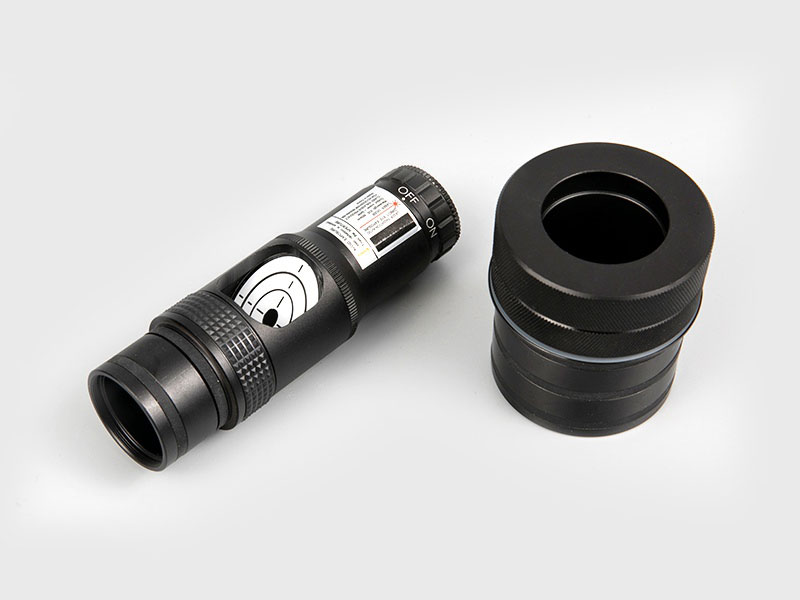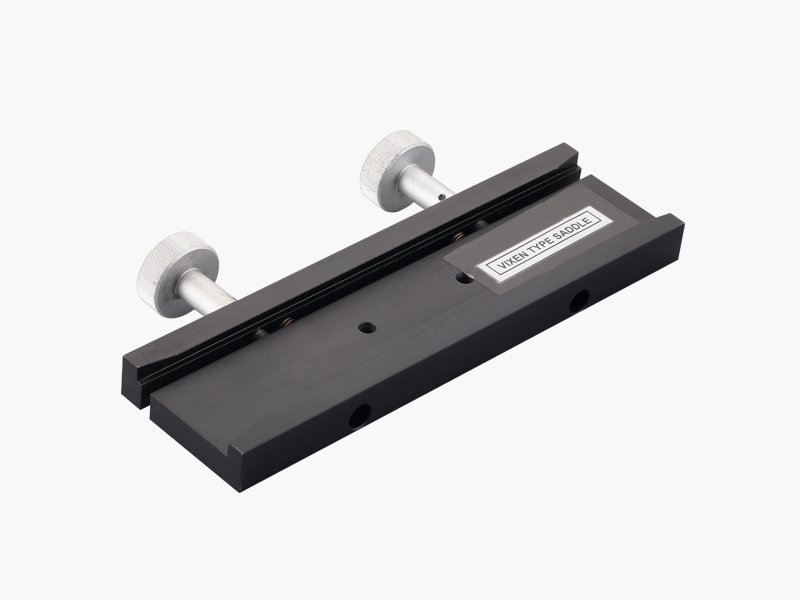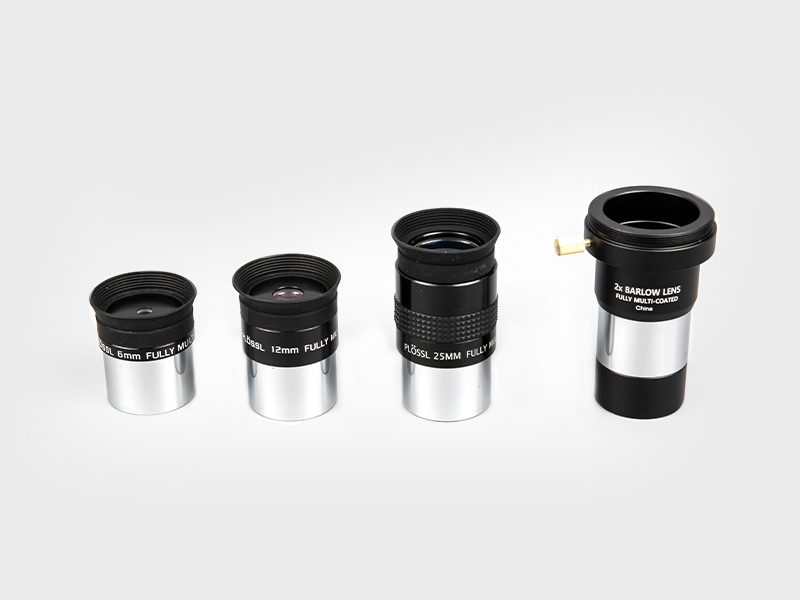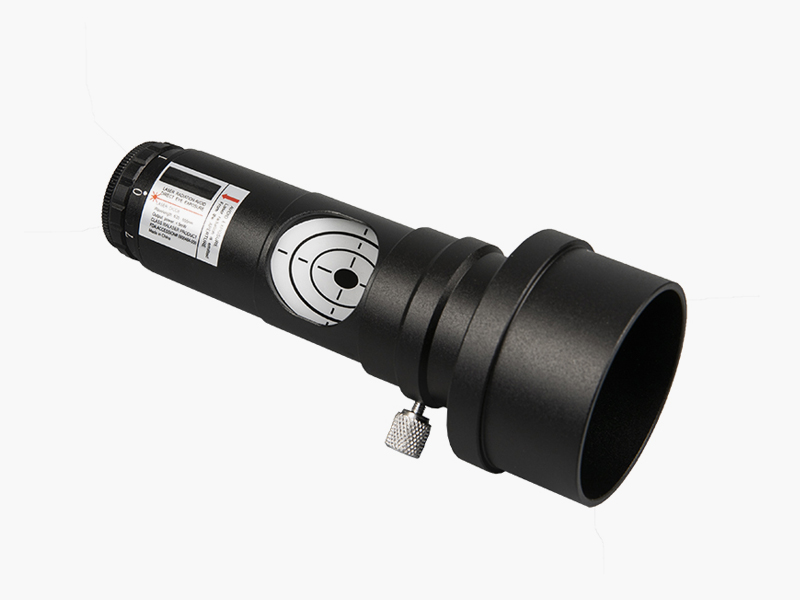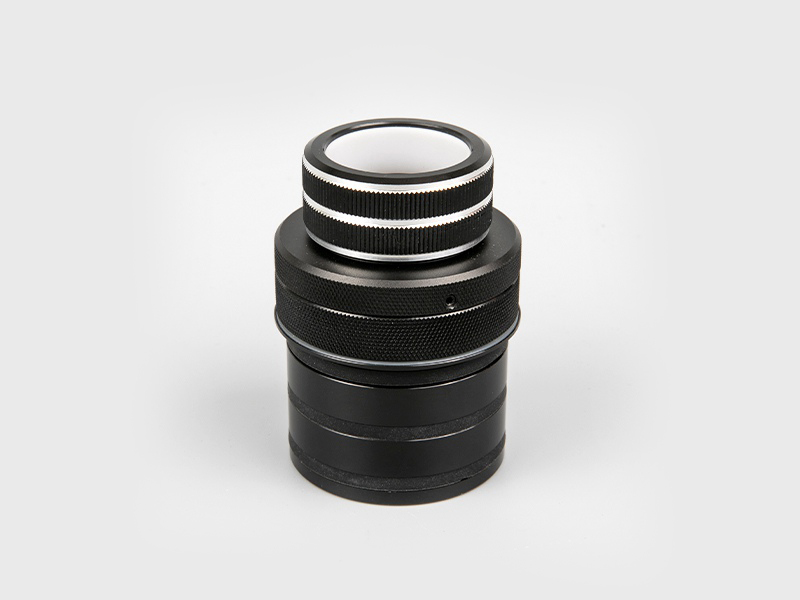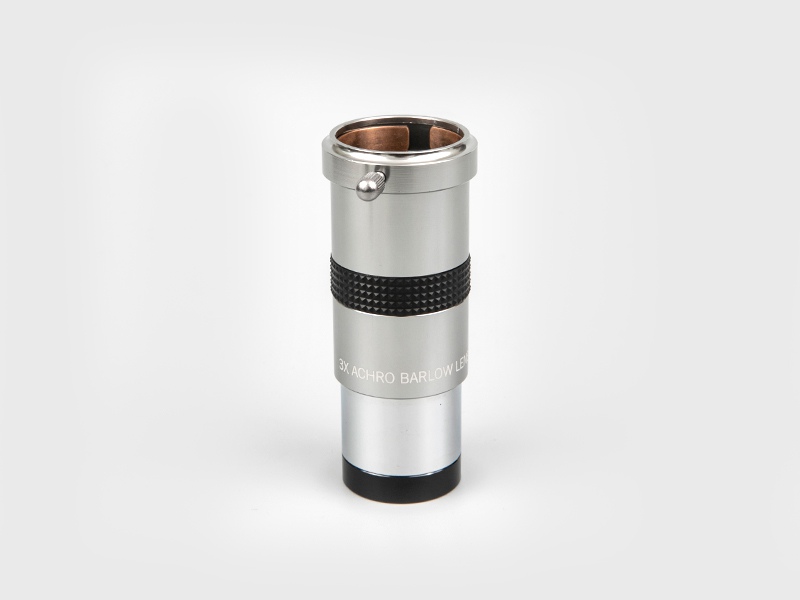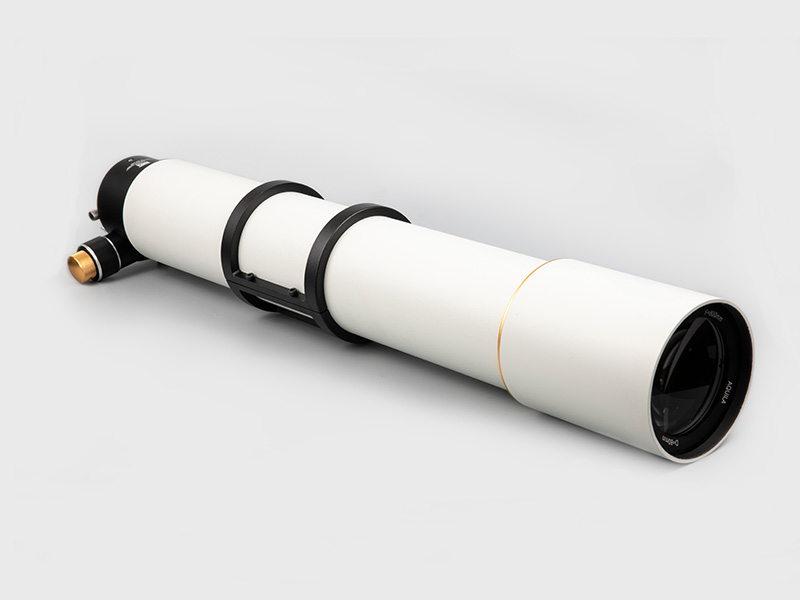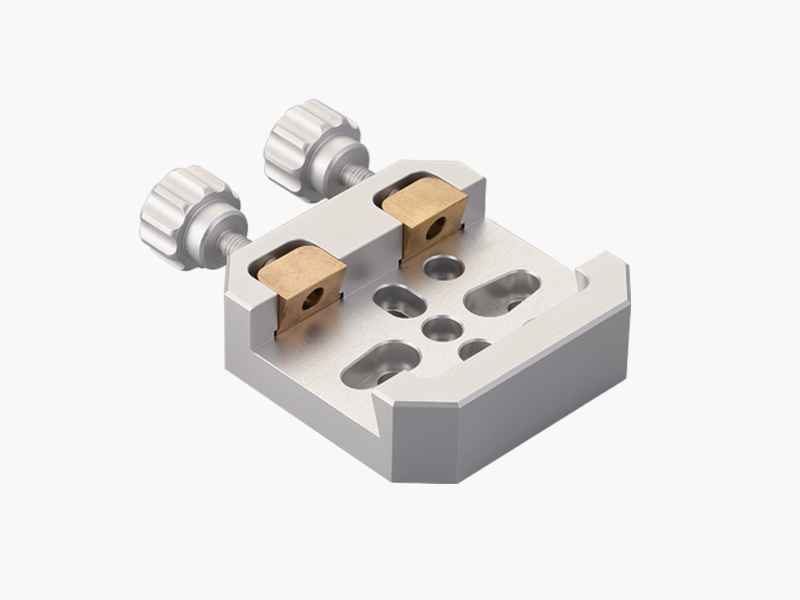1. Classification of lens materials;
Glass lenses include optical glass lenses and high refractive index lenses (commonly known as ultra-thin films). It has high hardness and good wear resistance. Generally speaking, its quality and parameters do not change with time, but the impact resistance and weight of glass lenses are slightly lower than that of resin lenses. Plexiglas lenses are generally much lighter than glass lenses and have better impact resistance than glass lenses. Strong anti-ultraviolet ability, but low surface hardness, easy to scratch.
Due to the soft nature of resin lenses and coated lenses, care should be taken not to allow the mirror to come into direct contact with hard objects. When scrubbing, it is best to wash with clean water (or mixed with a small amount of detergent), and then use a special test cloth or high-quality tissue paper to dry the water droplets on the glass. Additionally, coatings should be used carefully in locations with poor environmental conditions to avoid dirt and difficult cleaning.
2. Coating technology and development of optical lenses;
Whether glasses are made of inorganic or organic materials, friction with dust or gravel (silicon oxide) in daily use can cause lens wear and scratches on the lens surface. Compared to glass, organic materials have low hardness and are more prone to scratches. Through the microscope, we can observe that the scratches on the lens surface are mainly divided into two types. First, scratches caused by gravel are shallow and small, making it difficult for the wearer to detect; the other is scratches caused by large gravel, which are deep and rough around. If it is in the central area, it will affect vision.
3. How long is the service life of the lens?
If the lens is not scratched, can it be used all the time? the answer is negative. Processing of resin lenses is accomplished by high temperature or UV curing of liquefied monomers. With the prolongation of the use cycle and the change of environment and temperature, the film layer and lens material on the lens surface will undergo physical changes. Under the microscope, the film layer can become uneven and the local luminosity and matching of the material itself vary, resulting in light scattering, reduced comfort, and symptoms of dry and swollen eyes with prolonged use. At this point, you need to replace the lenses. The time is about 2 to 3 years.
Ningbo Tianying Optical Technology Co., Ltd. is located in Yuyao, East Zhejiang. It is a high-tech enterprise integrating optical instrument research and development, production, sales and service.Adhering to the rigorous and sincere design concept, the company now has a number of branches, mainly engaged in: astronomical telescopes, photography equipment, eyeglasses and optical instruments and telescope adapters, etc. The enterprise has a high-quality, high-level technical team and international advanced professional equipment, which can timely handle customers ' routine or special business requirements, provide customers with high-quality and durable products, and also provide full technical consultation and perfect after-sales service.

 English
English 日本語
日本語 Deutsche
Deutsche España
España
